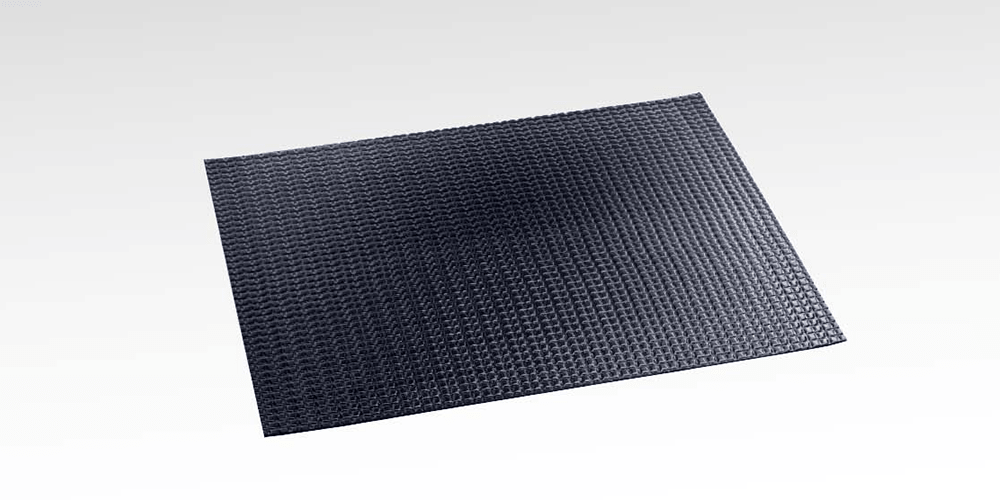OPES & Fraunhofer present standardized solar module for vehicles
The technology company OPES Solutions and the Fraunhofer Center for Silicon Photovoltaics CSP have developed a flexible standard solar module for integration on vehicle surfaces. The partners advocate transport vehicles and buses in particular as areas of application.
OPES and Fraunhofer have not used conventional thin-film technology for the solar module, but a new approach: The solution, called SolFlex, is based on crystalline solar cells and is said to achieve an additional output of around 30 per cent per square metre compared to previous flexible thin-film modules.
SolFlex is particularly thin (2.9 millimetres) and 70 percent lighter than conventional solutions, according to an accompanying press release. And: “The bending radius of 15 degrees makes it applicable for all vehicle surfaces.” The frameless module has a cell efficiency of over 22 percent and has been tested under extreme conditions in the climate chamber of the Fraunhofer CSP.
Photovoltaics in vehicle construction – some manufacturers, start-ups and research groups are already aiming for this. Among them are Sono Motors, Lightyear and the ‘Street‘ research project. Nissan already offered a small module for the Leaf and other first-generation vehicles, and Toyota offered a larger module for the Prius. And Hyundai is currently offering a solar roof for the Ioniq 5. To date, the factors of cost, weight and durability are considered to be a challenge. OPES claims that its modules, which were developed with the Fraunhofer Centre, are particularly scratch-resistant, vibration-resistant and designed to withstand high unilateral heat loads. Nevertheless, they should be able to be manufactured at the Chinese OPES Solutions plant in Changzhou at a lower cost “than the custom-made products that have been common up to now”. Accordingly, the goal is “a series-produced solution that is particularly economical” for the first time in this sector.
Within the transport sector, the developers see a high potential for the integration of solar modules especially in trucks, vans and buses. “In a typical light and electrified commercial vehicle charged with the current electricity mix, integrated solar modules can reduce CO2 emissions by up to 890 kilograms per year. The range gain is around 2,400 kilometres. They also reduce operating costs by providing electricity for cooling systems,” says OPES, a Berlin-based specialist in solar technology.
Electric buses are also an important area of application, adds Robert Händel, founder and CEO of OPES Solutions. “In buses with their large roof areas, integrated photovoltaics can cover up to 100 per cent of the energy needs of the air conditioning system. This is especially helpful when the engine is off. In addition, the power consumption of passengers through USB ports, power sockets and Wi-Fi can be covered by the renewable energy source.”
In addition, according to the partners, it is possible to integrate the solar module into cargo bicycles. With the help of the solution, an additional range of up to 50 kilometres per day can be achieved due to the low energy demand.





0 Comments